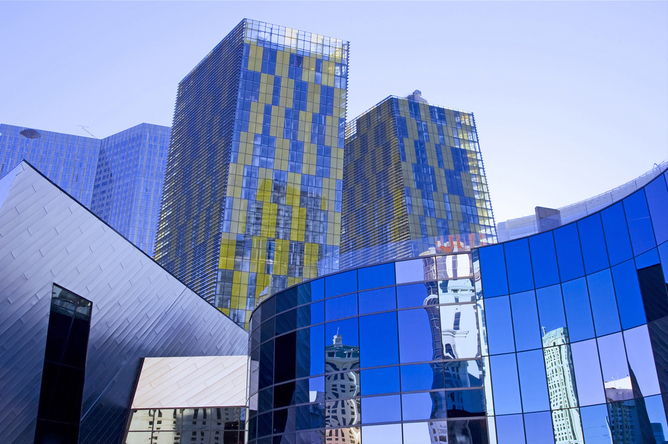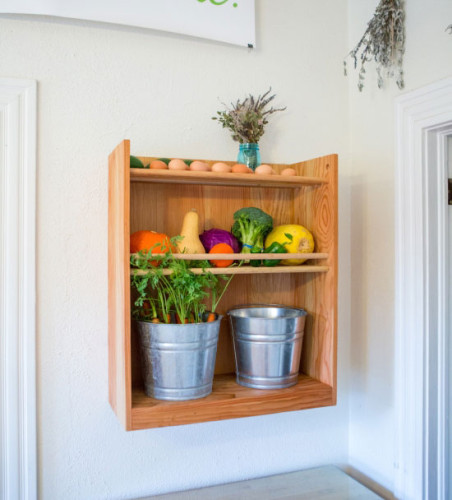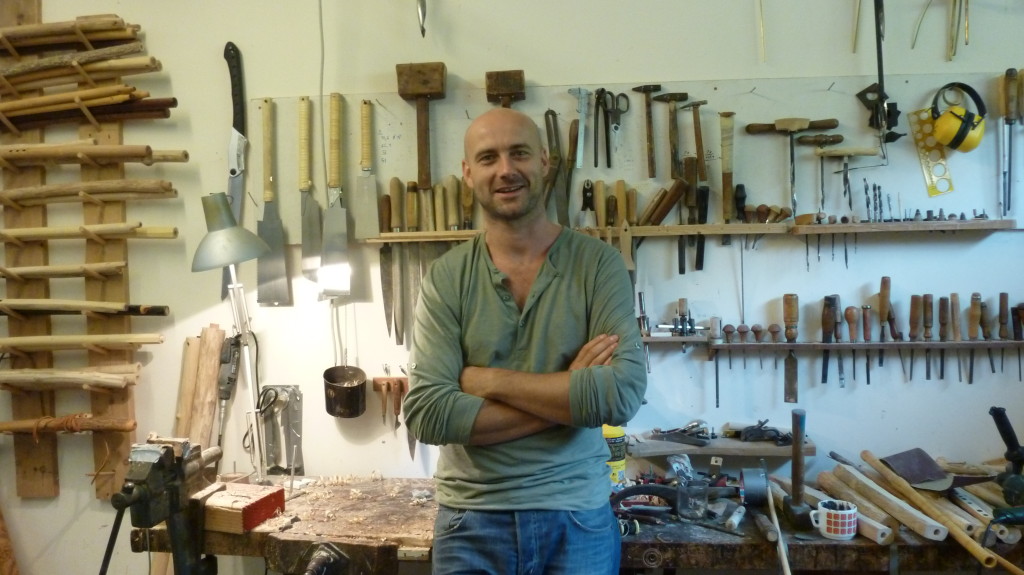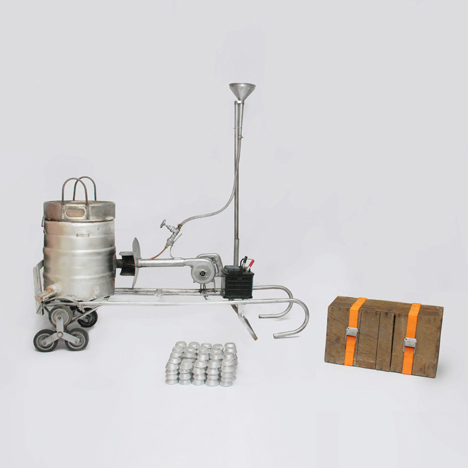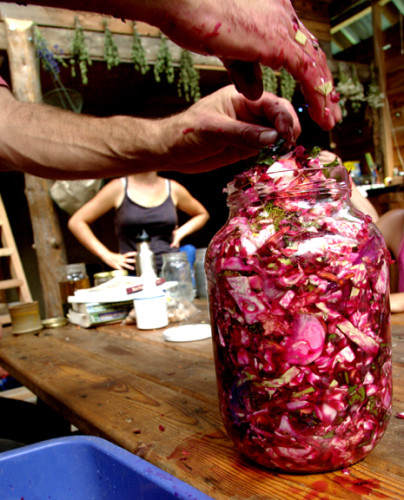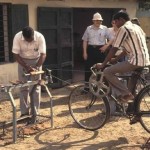“How do we go about designing buildings today for tomorrow’s weather? As the world warms and extreme weather becomes more common, sustainable architecture is likely to mean one major casualty: glass. For decades glass has been everywhere, even in so-called “modern” or “sustainable” architecture such as London’s Gherkin. However in energy terms glass is extremely inefficient – it does little but leak heat on cold winter nights and turn buildings into greenhouses on summer days.”
“For example, the U-value (a measure of how much heat is lost through a given thickness) of triple glazing is around 1.0. However a simple cavity brick wall with a little bit of insulation in it is 0.35 – that is, three times lower – whereas well-insulated wall will have a U-value of just 0.1. So each metre square of glass, even if it is triple glazed, loses ten times as much heat as a wall. Cutting back on glass would be an easy win. Windows need to be sized, not glorified, and sized for a purpose: the view, or to provide natural light or air. Windows also need to be shaded. Many would argue that we need to re-invent the window, or the building. We need to build buildings with windows, rather than buildings that are one big window.”
Read more: Climate change means we can’t keep living (and working) in glass houses. Via Lloyd Alter.
